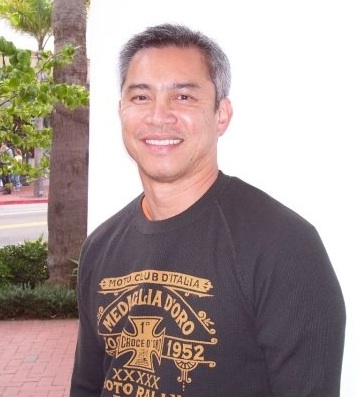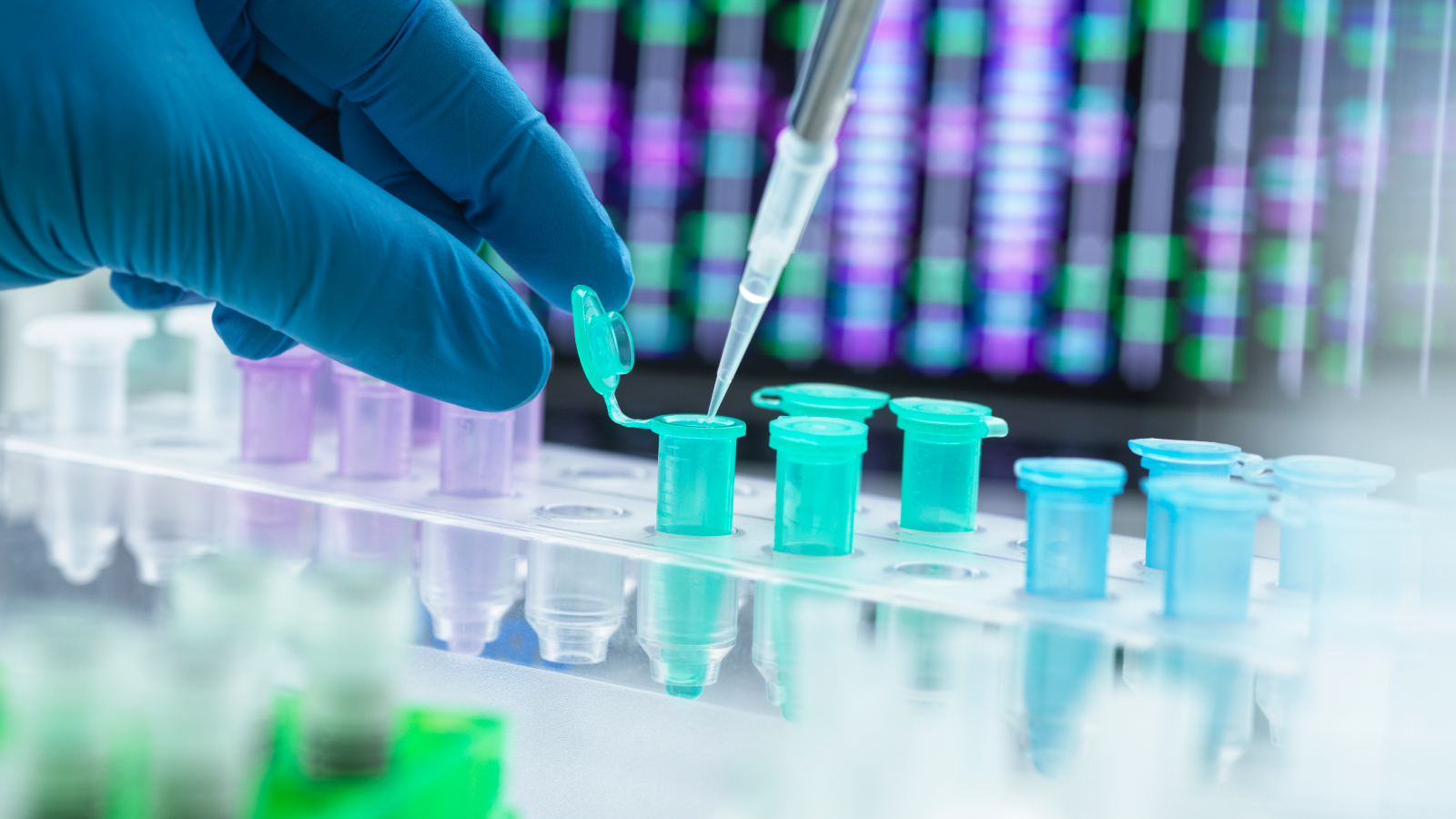How the Tesla Coil Works (Infographic)

Named for its inventor, Nikola Tesla, this machine transforms energy into extremely high-voltage charges, creating powerful electrical fields capable of producing spectacular electrical arcs. Besides the lightning-bolt shows they can put on, Tesla coils had very practical applications in wireless radio technology and some medical devices.
A Tesla coil is made of two parts: a primary coil and a secondary coil, each with its own capacitor. The two coils are connected by a spark gap, and the whole system is powered by a high-energy source and transformer. Basically, two circuits are connected by a spark gap.
HOW IT WORKS:
1. The transformer boosts the voltage.
2. The power source is hooked up to the primary coil. The primary coil’s capacitor acts like a sponge and soaks up the charge.
3. Electric current builds up in the capacitor until it reaches a tipping point. The current streams out of the capacitor into the coil. Once the first capacitor is com-pletely wrung out and has no energy left, the inductor reaches its maximum charge and sends the voltage into the spark gap (basically a gap of air between two electrodes).
4. The huge voltage current flows through the spark gap into the secondary coil. The energy sloshes back and forth between the two coils.
5. The secondary coil has a top-load capacitor that concentrates all the current and can eventually shoot out lightninglike bolts.
The idea is to achieve a phenomenon called resonance between the two coils. Resonance happens when the primary coil shoots the current into the secondary coil at the perfect time that maximizes the energy transferred into the secondary coil. Think of it as timing a push to a swing to make it go as high as possible.
Get the world’s most fascinating discoveries delivered straight to your inbox.

